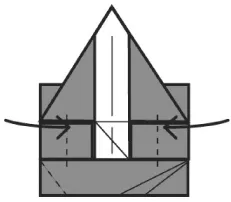
Designing Research Questionnaires for Business and Management Students
Yuksel Ekinci
- 184 pagine
- English
- ePUB (disponibile sull'app)
- Disponibile su iOS e Android
Designing Research Questionnaires for Business and Management Students
Yuksel Ekinci
Informazioni sul libro
In Designing Research Questionnaires, Yuksel Ekinci guides you through origins, types of questionnaire, basic components, types of questions and properties of measurement scales, how to design a questionnaire, sequence of questions, layout decisions and pilot testing, examples and strengths and limitations. Ideal for Business and Management students reading for a Master's degree, each book in the series may also serve as reference books for doctoral students and faculty members interested in the method. Part of SAGE's Mastering Business Research Methods Series, conceived and edited by Bill Lee, Mark N. K. Saunders and Vadake K. Narayanan and designed to supportresearchers by providing in-depth and practical guidance on using a chosen method of data collection or analysis.
Domande frequenti
Informazioni
4 Conducting Research with Questionnaires Part I – Designing Questionnaires

Introduction
Questionnaire Design Process

Step 1: Determine the required information and target respondent
- Ensure that the questionnaire covers all the necessary points.
- Help to develop information goals which will eventually be converted into more specific questions.
- Determine the types of questions suitable for target respondents, research hypothesis, questionnaire administration methods and data analysis methods.
Box 4.1 Example to determine the required information and questions for a hypothesis-testing study
‘Does consumer-based brand equity influence consumer loyalty within UK department stores?’
What is meant by consumer-based brand equity?Is consumer-based brand equity a uni-dimensional or multidimensional construct?If it is multidimensional, what are the key dimensions (components) of consumer-based brand equity?What is meant by consumer loyalty?Is consumer loyalty a uni-dimensional or multidimensional construct?If it is multidimensional, what are the key dimensions (components) of consumer loyalty?Does the perception of consumer-based brand equity and consumer loyalty differ across consumer groups and department stores?